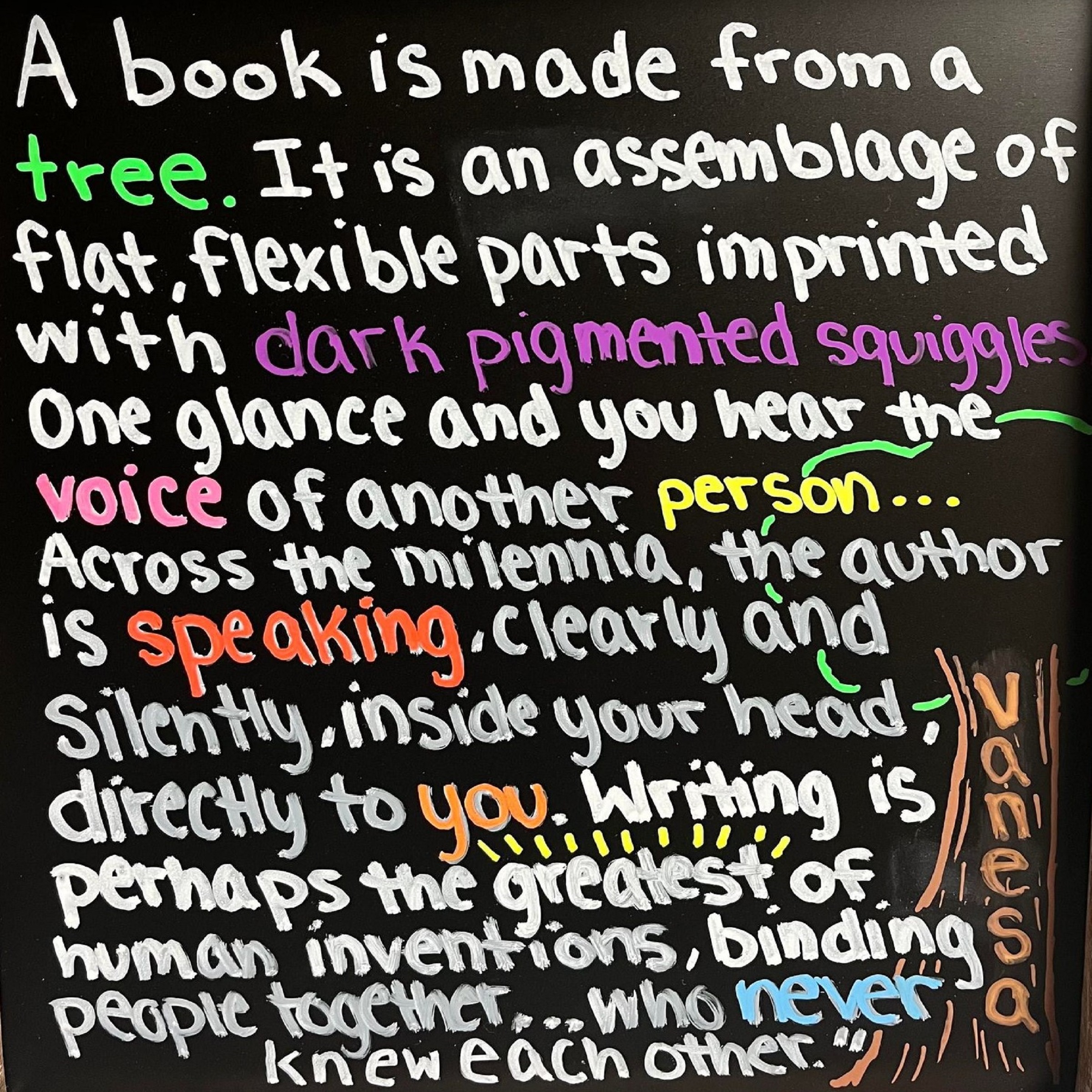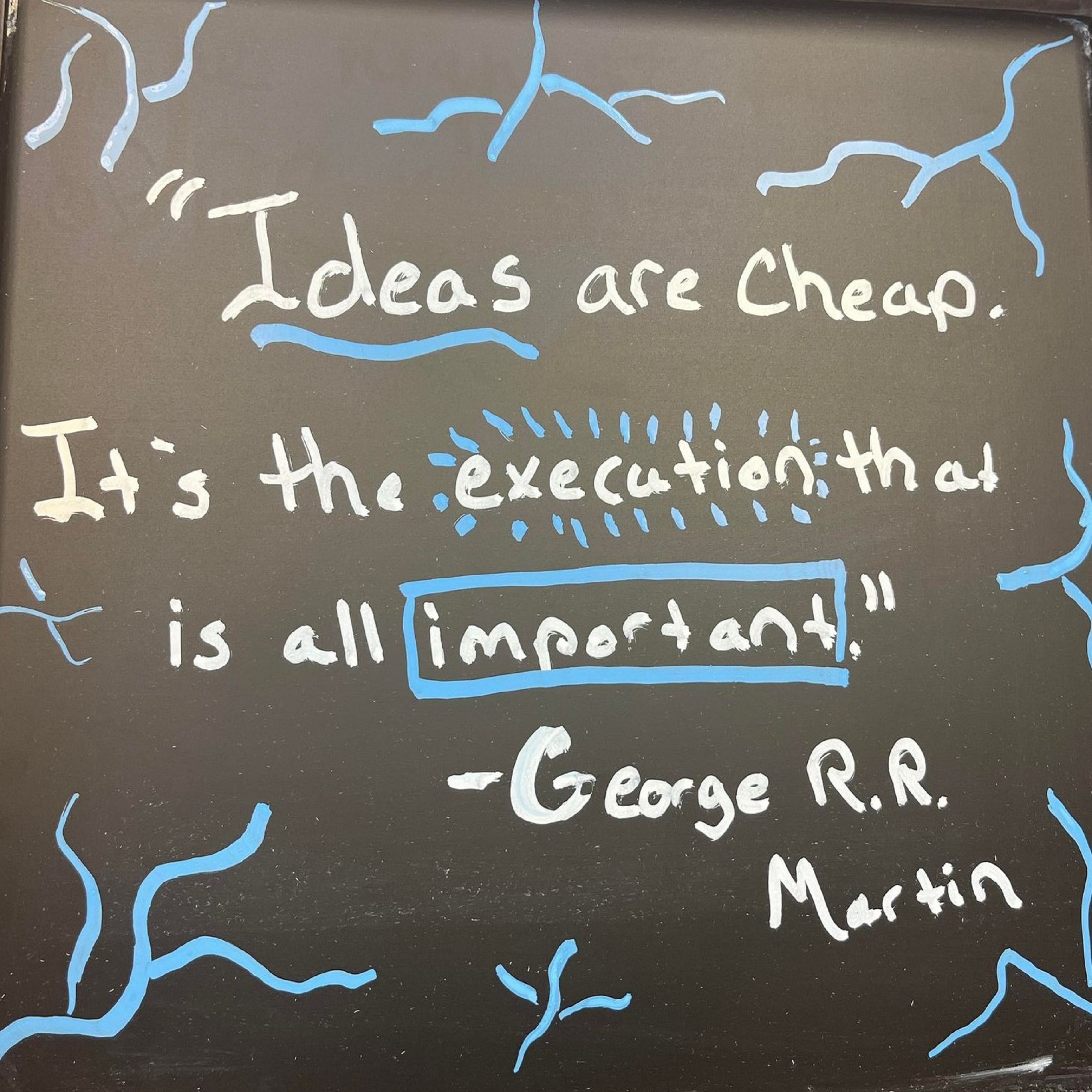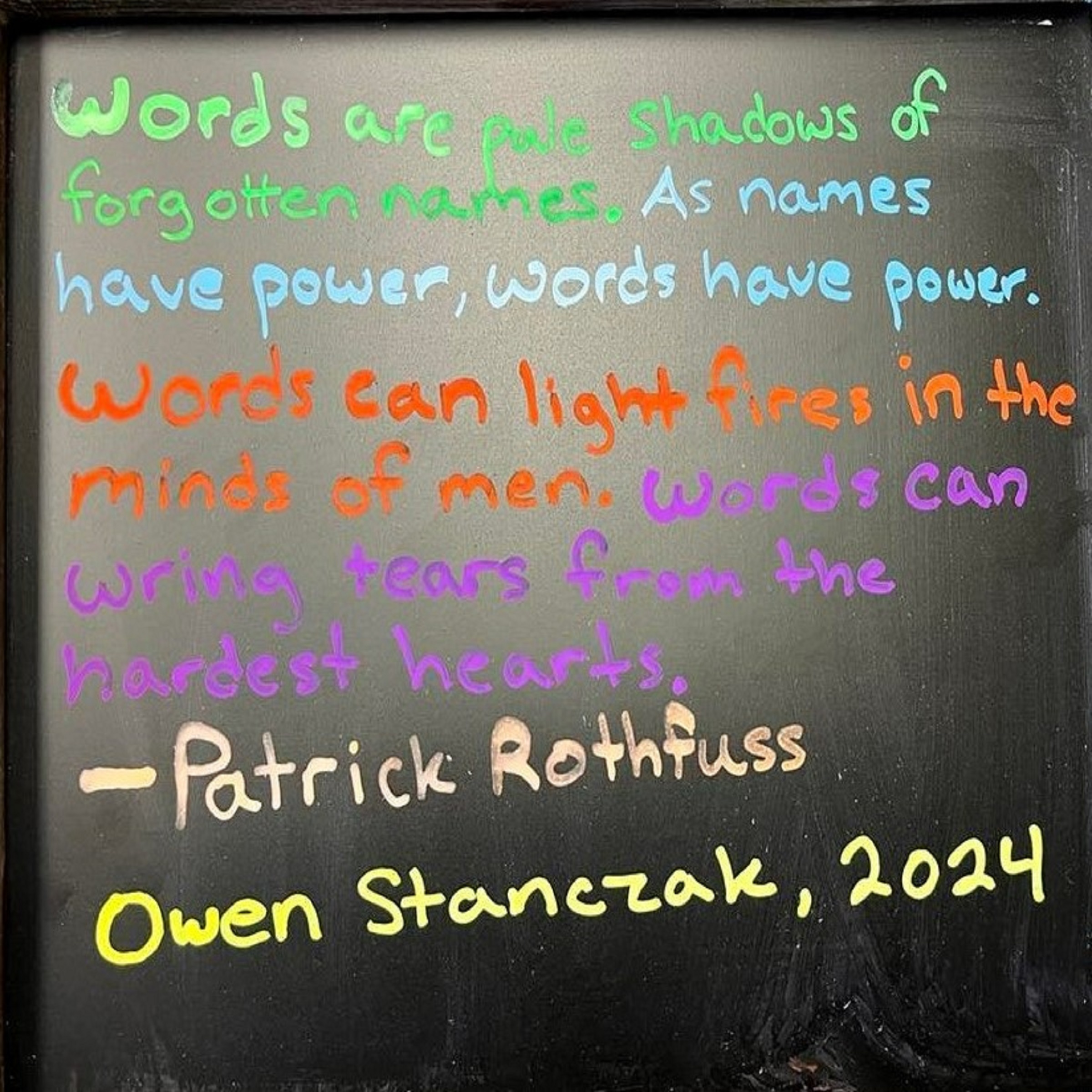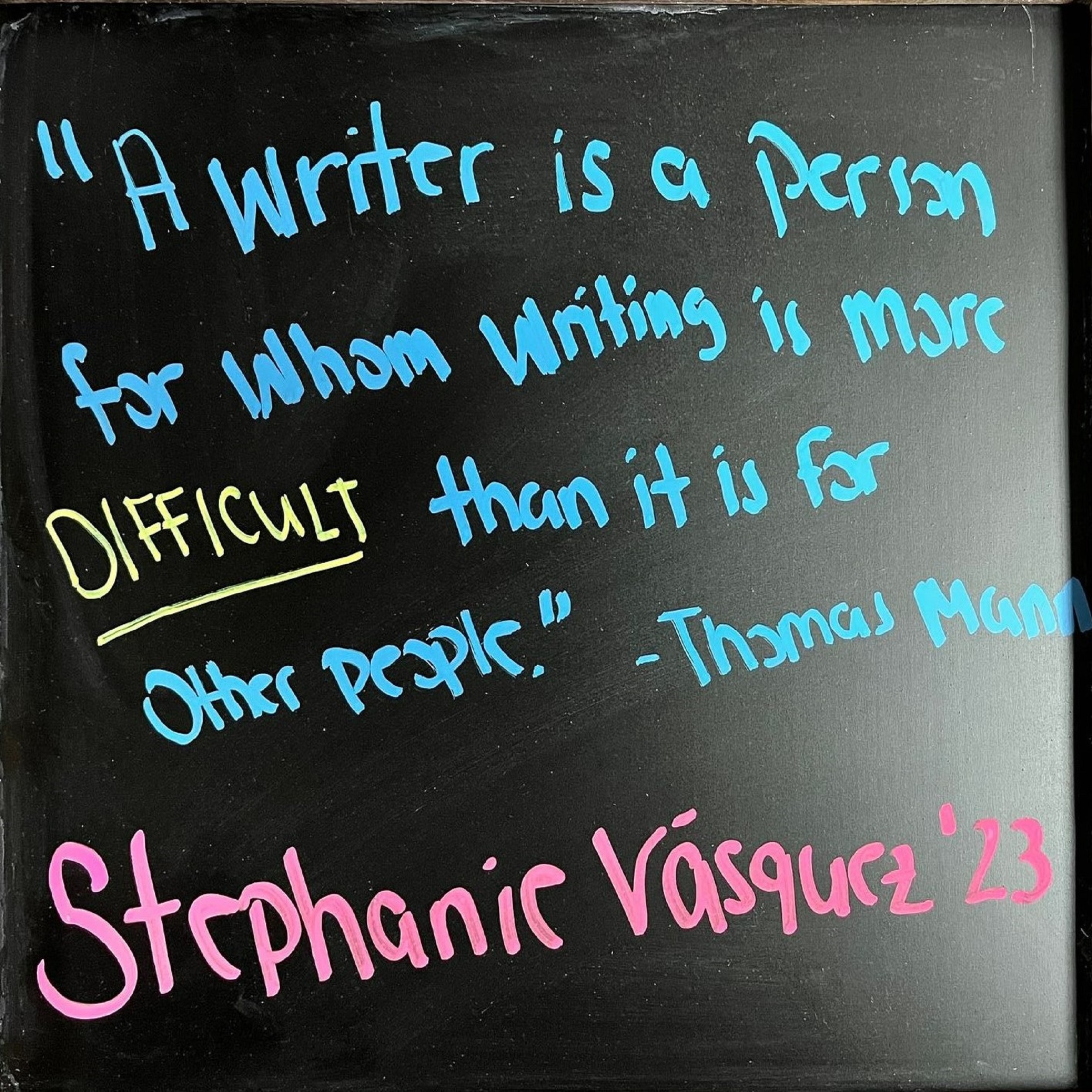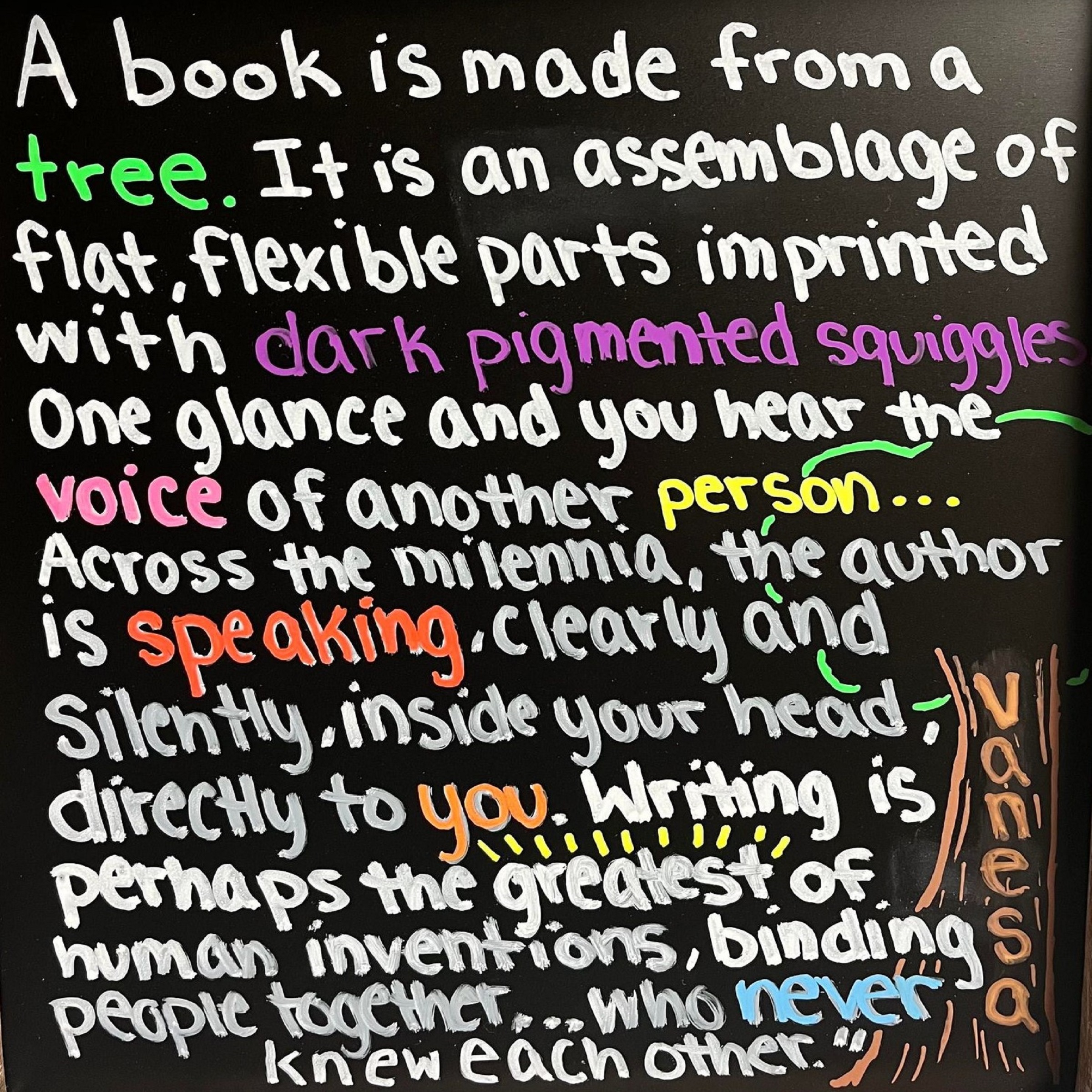| Addition (introducing more information) |
Moreover, Furthermore, Additionally, Also, In addition, Likewise, Similarly, Notably, More importantly, Significantly, It is worth noting that, Besides, Again, What is more, Not to mention, Plus, As well, Equally important |
| Cause & Effect (showing consequences or results) |
Therefore, Thus, Consequently, As a result, Hence, Accordingly, For this reason, Owing to, Due to, Because of, This led to, Given that, Since, Leading to, Resulting in, Indicating that, It follows that, Thereby, As a consequence, Which in turn, Under these circumstances, Stemming from, In view of this |
| Contrast & Opposition (showing differences) |
However, Nevertheless, On the other hand, Conversely, Although, Whereas, While, Despite this, In contrast, Even though, Yet, Still, Unlike, Albeit, Despite the fact that, Be that as it may, At the same time, Although this may be true, Regardless, Instead, Differing from, In spite of, Rather, Nonetheless, Whereas |
| Comparison & Similarity (showing resemblance) |
Likewise, Similarly, In the same way, Correspondingly, Just as, Analogously, Comparably, In like manner, This is consistent with, In parallel, In agreement with, This mirrors, Resembling, Along similar lines, In the same fashion, Reminiscent of, By the same token, Parallel to, Approaching, Matching, Mirroring, Equivalent to |
| Clarification (explaining a concept further) |
That is, In other words, Namely, Specifically, To clarify, Put differently, To put it another way, As in, As expressed by, To rephrase, More precisely, Defined as, As demonstrated by, As reported by, As shown in, That is to say, Which is to say, In simpler terms, To make it clearer, Expressed differently, What this means is |
| Example & Illustration (giving specific instances) |
For example, For instance, Namely, As seen in, As illustrated by, Such as, Consider the case of, In particular, To illustrate, This is evident in, A case in point, As demonstrated in, As observed in, An example of this is, As exemplified by, To give an example, Including but not limited to, In one instance, As shown through, A notable case is |
| Emphasis (highlighting importance) |
Indeed, Certainly, Undoubtedly, In fact, Above all, Most importantly, It should be noted that, Critically, Importantly, Of particular significance, It is important to highlight, Chiefly, Notably, Clearly, Without a doubt, Absolutely, Unquestionably, What is crucial is, Markedly, With certainty, Not to be overlooked, With special attention to |
| Concession (acknowledging limitations) |
Granted, Admittedly, Of course, Even though, While it is true that, Although this may be the case, One must acknowledge that, Despite this, It is recognized that, While acknowledging that, To some extent, Up to a point, Albeit, Even so, Be that as it may, Although true, That being said, Given this, While it must be admitted, Though this stands, Nonetheless |
| Conclusion & Summary (wrapping up an argument) |
In conclusion, To summarize, In sum, in summation, Overall, In short, Ultimately, To conclude, As we have seen, In light of this, In summary, As discussed, Taken together, These results suggest, To put it briefly, in short, On the whole, Drawing everything together, The takeaway is, To synthesize, |
| Chronology & Sequence (indicating order) |
First, Then, Next, Subsequently, Thereafter, Finally, At that time, Afterward, Before, Previously, Following this, Later, Simultaneously, Prior to, At the same time, Concurrently, Eventually, Beforehand, At the outset, In the beginning, At the start, From this point forward, Moving forward, Later on, In the interim, In the meantime, As soon as |
| Conditionality (indicating prerequisites) |
If, Provided that, Assuming that, Unless, Given that, In case, Under the condition that, Should this occur, Contingent upon, In the event that, If and when, Provided this happens, Presuming that, As long as, Dependent on, On the condition that, Subject to, Should it be necessary, With this in mind, If applicable, Supposing that |
| Logical Continuation (building an argument) |
Therefore, Thus, Accordingly, So, As a result, Henceforth, Building upon this, Leading to, Consequently, This supports the notion that, These findings suggest that, In turn, Extending this idea, As a natural progression, Moving from this, As previously stated, From this perspective, As such, As demonstrated earlier, Which implies that, In alignment with |
